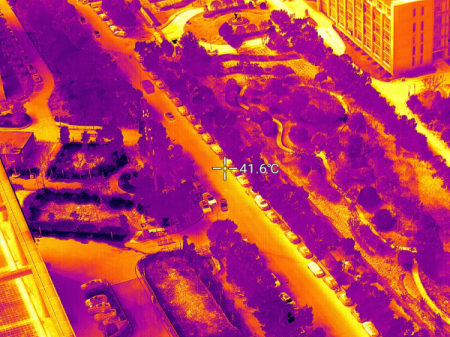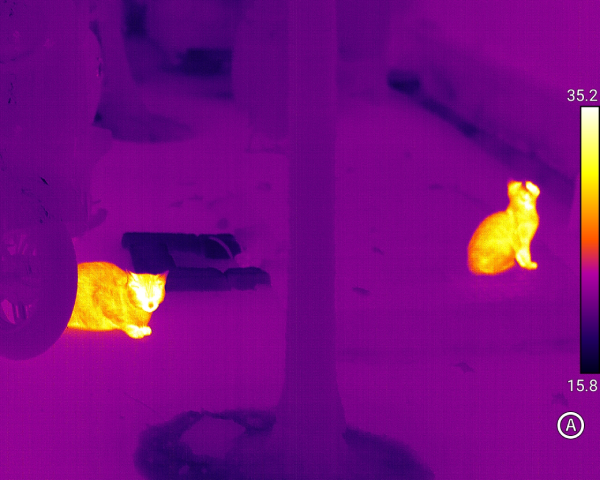The global sensor market is experiencing rapid growth, driven by advancements in automation, smart technology, and safety applications. From industrial automation to consumer electronics, sensors play a crucial role in enabling intelligent decision-making and real-time monitoring. Among the vast array of sensors available, laser and infrared sensors stand out for their precision and versatility. However, understanding their differences is essential for selecting the right technology for specific applications.
Principles and Applications of Laser Sensors
Laser sensors operate by emitting a highly focused beam of light and measuring the reflection or scattering of that light from a target. These sensors are known for their high precision, long-range capabilities, and rapid response times.
Applications of Laser Sensors:
- Industrial Automation: Used for precise distance measurements, object detection, and positioning in manufacturing.
- Security and Surveillance: Laser-based LiDAR systems enable accurate mapping and threat detection.
- Medical Applications: Utilized in laser surgery and diagnostics due to their precise targeting capabilities.
- Autonomous Vehicles: Play a key role in object detection and navigation.
Despite their high precision, laser sensors have limitations, including susceptibility to environmental factors such as dust, fog, and reflective surfaces, which can impact their accuracy.
Principles and Applications of Infrared Sensors
Infrared (IR) sensors work by detecting infrared radiation emitted by objects, making them effective in various lighting and environmental conditions. Unlike laser sensors, IR sensors do not rely on visible light, allowing them to function effectively in darkness and through obstructions like smoke and fog.
Applications of Infrared Sensors:
- Thermal Imaging and Surveillance: Infrared sensors are widely used in night vision cameras and security monitoring.
- Healthcare and Medical Diagnosis: Used in fever screening and medical imaging applications.
- Consumer Electronics: Integrated into smartphones, smart home devices, and remote controls.
- Automotive Safety: Essential for Advanced Driver Assistance Systems (ADAS), including Automatic Emergency Braking (AEB) and pedestrian detection.

Comparison: Infrared Sensors vs. Laser Sensors
When comparing infrared and laser sensors, it is essential to consider their strengths and weaknesses:
| Feature | Laser Sensors | Infrared Sensors |
|---|---|---|
| Detection Mechanism | Uses laser light reflection | Detects emitted infrared radiation |
| Environmental Sensitivity | Affected by dust, fog, and reflective surfaces | Works well in various conditions, including darkness and fog |
| Precision | High accuracy in controlled environments | Effective in diverse and challenging environments |
| Safety Applications | Common in LiDAR for autonomous vehicles | Widely used in thermal imaging and AEB systems |
| Cost-Effectiveness | Generally more expensive | More affordable and scalable for various industries |
A significant advantage of infrared thermal imaging sensors over laser sensors is their ability to detect temperature variations, making them indispensable in applications like early fire detection, medical screening, and automotive safety. Unlike laser sensors, which may struggle in poor weather conditions, infrared sensors can operate reliably in adverse environments, enhancing their usability in critical applications.
The Future of Infrared Sensors: Widespread Adoption Trends
Infrared sensors, particularly thermal imaging sensors, are becoming increasingly prevalent due to advancements in sensor technology and cost reductions. A major driving force behind their widespread adoption is their role in automotive safety systems, such as AEB (Automatic Emergency Braking). Leading car manufacturers are integrating infrared sensors into their vehicles to enhance pedestrian detection, improve night-time driving safety, and prevent collisions.

Beyond automotive applications, infrared sensors are finding use in:
- Smart Cities: Traffic monitoring and energy-efficient building management.
- Healthcare: Early disease detection through non-contact thermal imaging.
- Industrial Automation: Predictive maintenance and equipment monitoring.
With continuous advancements in AI and sensor technology, infrared sensors are poised to become a fundamental component of future smart systems. Their ability to provide reliable, real-time data in challenging environments ensures their relevance in a wide range of industries.












